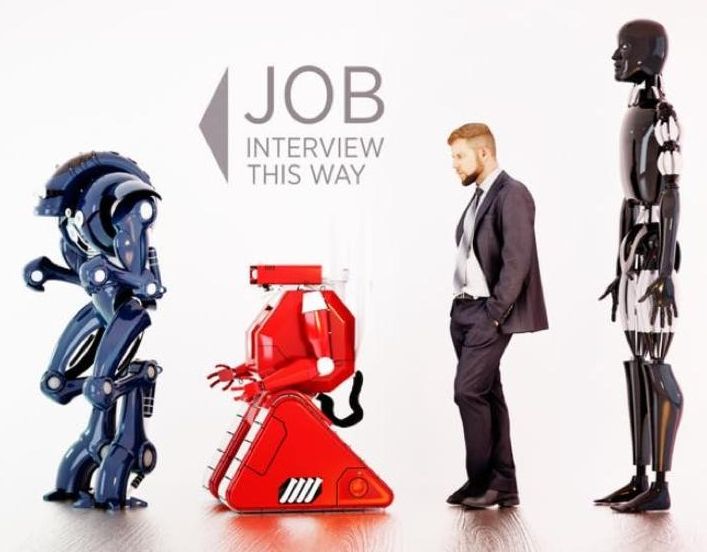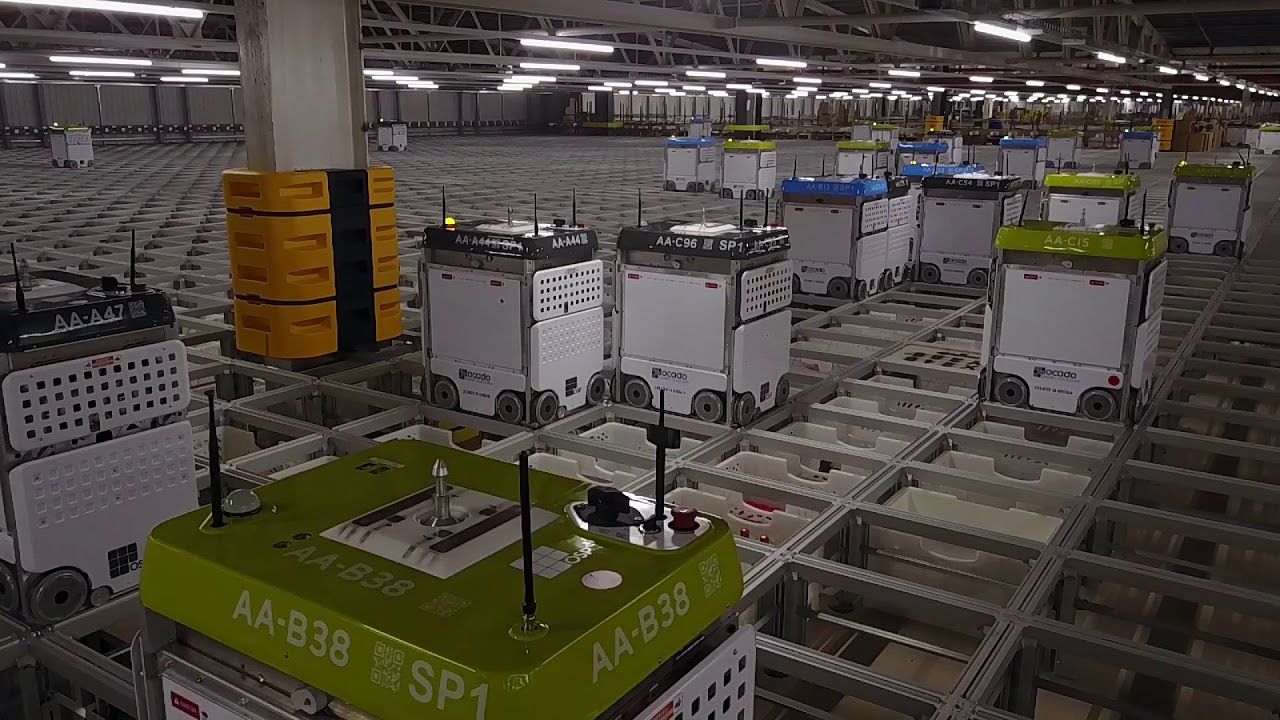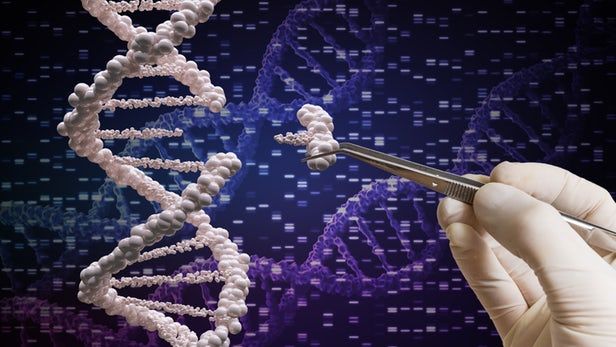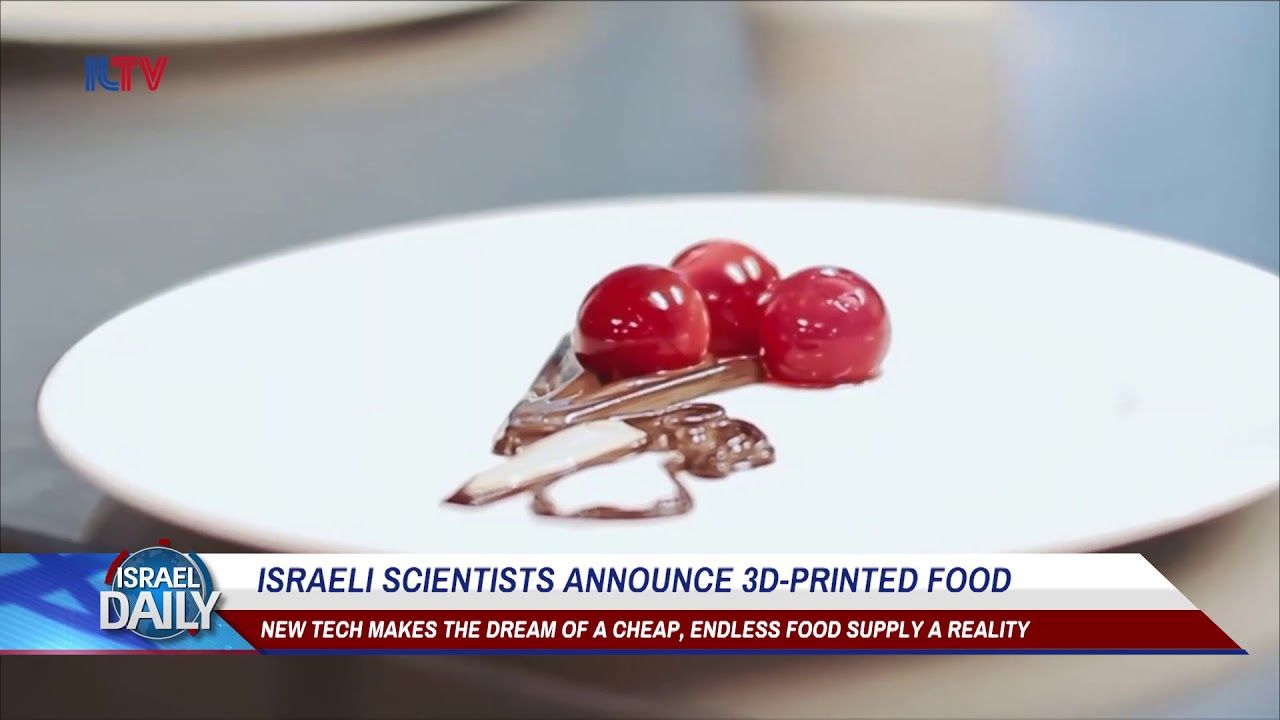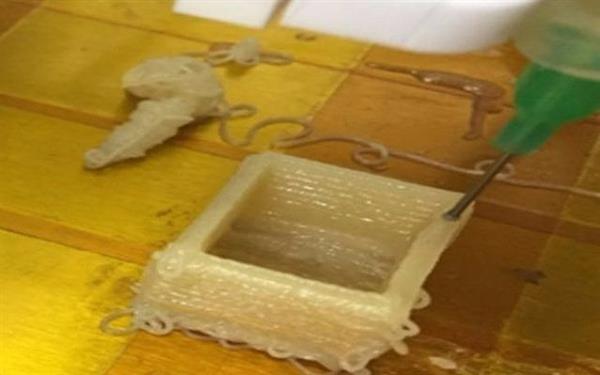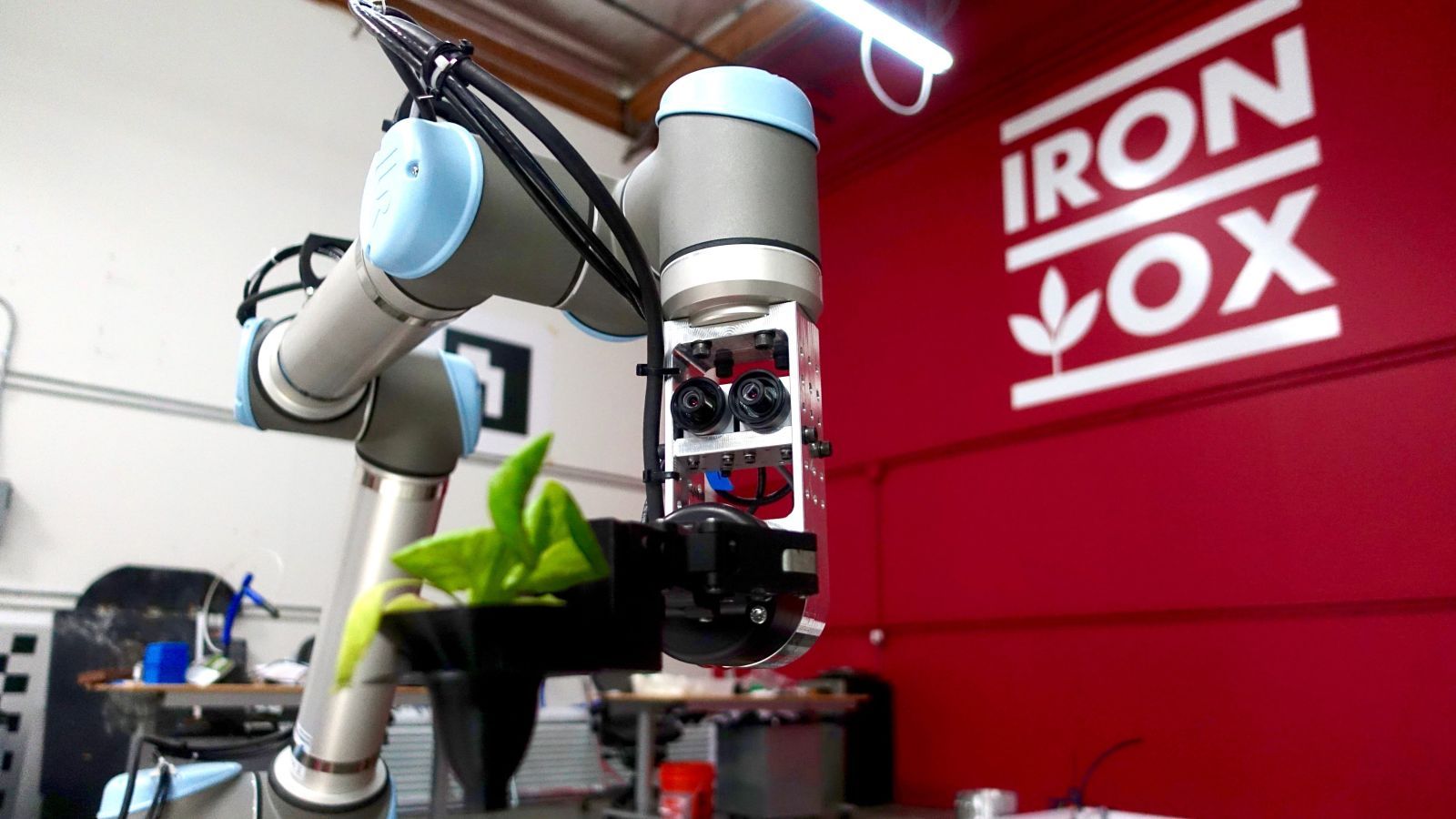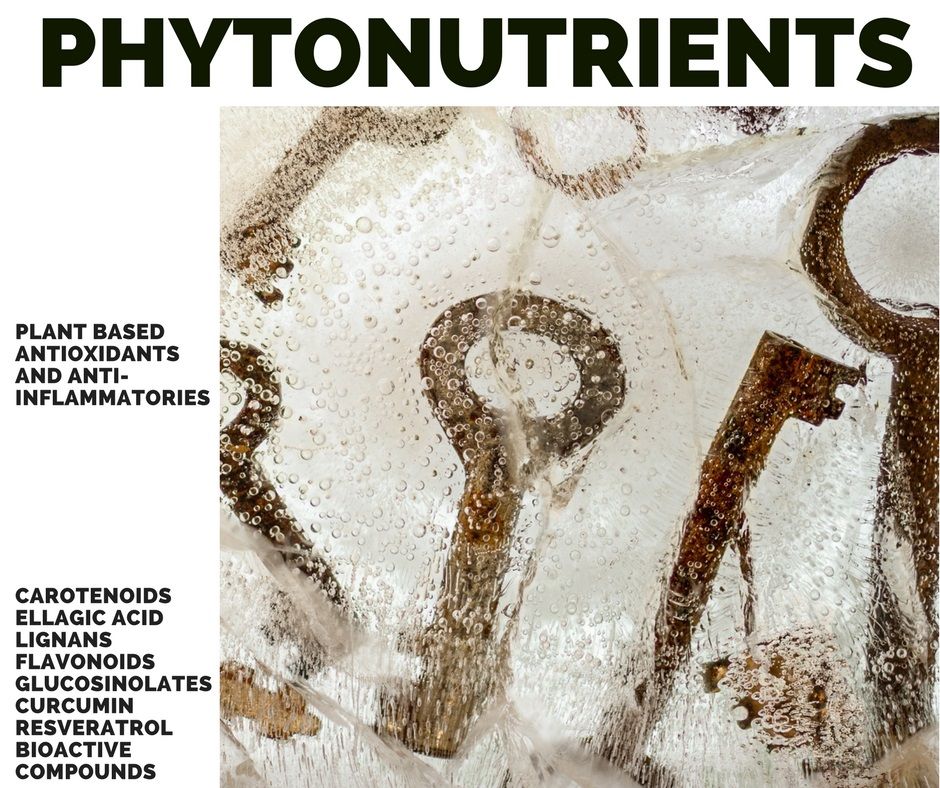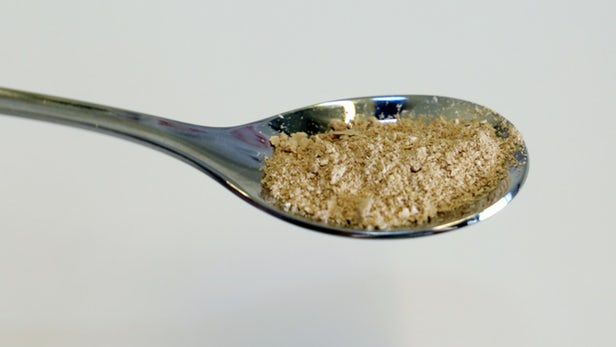Nov 6, 2017
Humanoid robot market to double by 2023, industrial robotics to hit $72B
Posted by Dan Kummer in categories: biotech/medical, food, habitats, robotics/AI
“The humanoid robot market will grow from $320.3 million this year to $3.9 billion in 2023,”
The consumer market is definitely there, but you have to deliver a robot that can do practical things. For people working on robots out there. Right Now, I would just sit and focus on a robot that can move around an average kitchen, and make the most basic of meals; show that it can be done, and be sold for a reasonable price, that would be Phase 1. Phase 2 would be rigging up the cooking robot to be able to at least clean an kitchen and a bathroom, eventually an entire house. Phase 3 would be rigging up the cooking/cleaning robot to be able to do basic landscaping tasks. At that point i believe every household in America would want one. Phase 4 would be rigging it with niche entertainment features, and rigging it with the human level AI that turns up around 2029.
Greater interest from manufacturing, medicine, and retail will drive robotics growth for the next five years.
Continue reading “Humanoid robot market to double by 2023, industrial robotics to hit $72B” »
